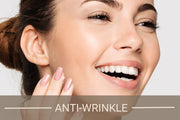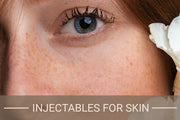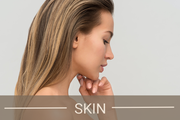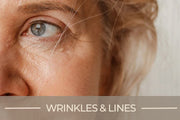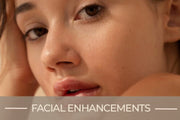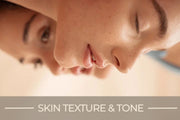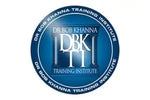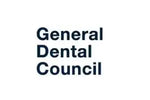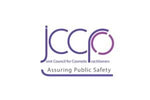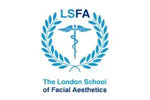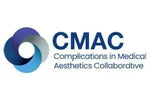Can Exercise Affect Botox Longevity?
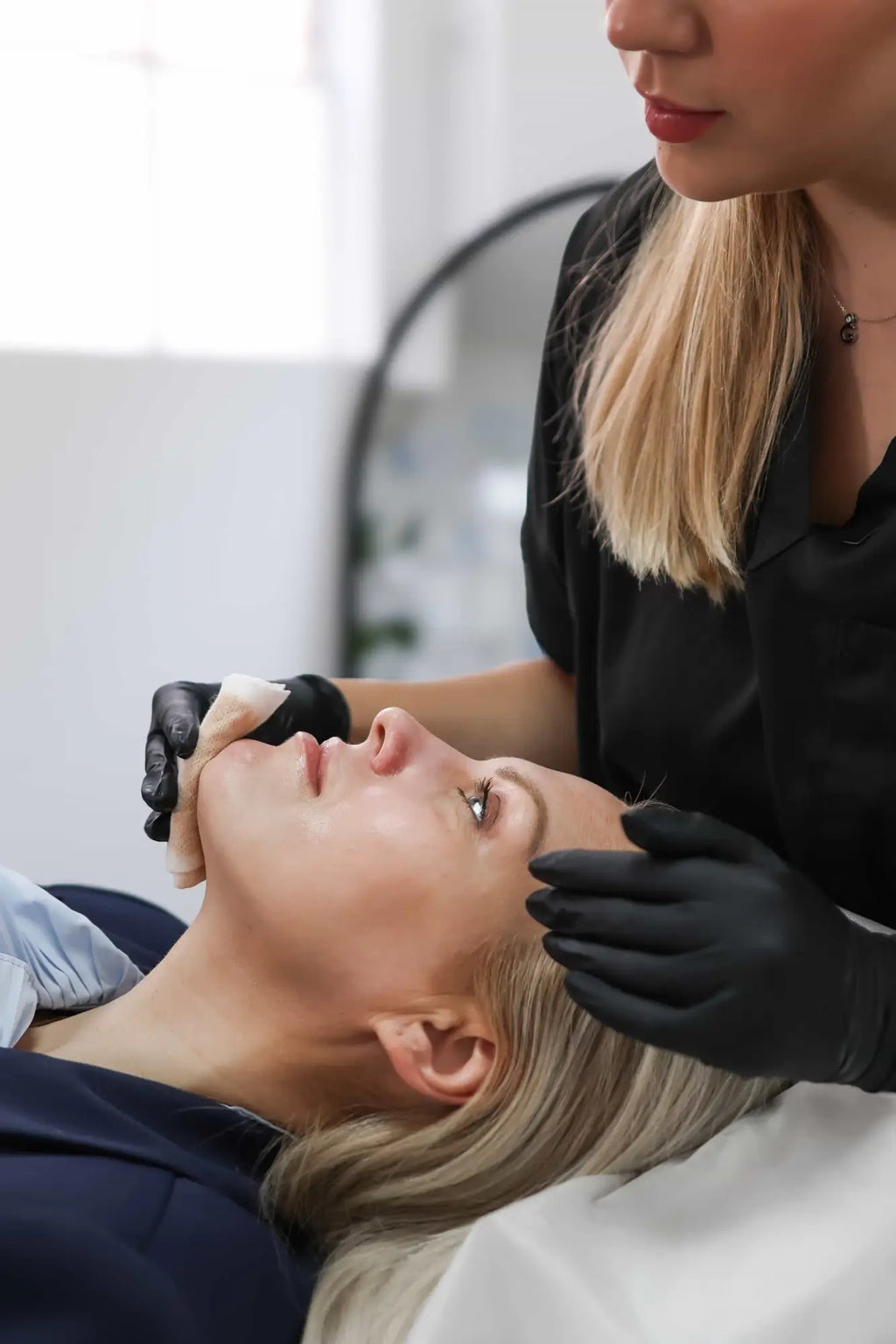
Can Exercise Affect Botox Longevity?
By Dr Laura Geige, Medical Aesthetics Practitioner at It’s Me & You Clinic, Kingston upon Thames, Surrey, London
Anti wrinkle injections such as Botox® are prescription only medicines in the UK and may only be prescribed following a face to face consultation with a qualified healthcare professional. This article is intended purely for educational purposes and does not represent an advertisement or recommendation for treatment.
Why Patients Ask About Exercise and Botox Longevity
Exercise is one of the most common lifestyle habits people worry might affect how long anti wrinkle injections last. Regular physical activity benefits cardiovascular health, weight management, mood and skin circulation. Yet many patients wonder if gym workouts, running or yoga sessions can cause results to fade more quickly. At It’s Me & You Clinic in Kingston upon Thames, Dr Laura Geige and her team frequently hear this question during consultations. Understanding the relationship between movement, metabolism and muscle activity is key to setting realistic expectations.
How Long Do Botox Results Usually Last
On average, results from anti wrinkle treatments remain visible for around three to four months although individual variation is normal. Some people metabolise the treatment more quickly while others enjoy longer duration. Factors such as genetics, skin condition, muscle strength, dosage and lifestyle habits all influence this timeline. Exercise is one lifestyle variable worth exploring in more detail.
What Happens When You Exercise After Botox
Exercise increases blood circulation, heart rate and metabolism. Immediately after treatment, strenuous activity may raise the risk of swelling or bruising around injection sites. In the longer term, people who engage in high intensity exercise daily may find their bodies metabolise many substances faster, including medications. The same principle may apply to the breakdown of neuromodulators used in anti wrinkle treatments.
Metabolism and Longevity
Dr Snieguole Geige, specialist in internal medicine, explains that faster metabolism is associated with quicker clearance of drugs and active compounds. She notes, “Patients with very active lifestyles sometimes observe shorter treatment duration. While research is still emerging, the link between metabolism and Botox longevity is a logical one.” This does not mean patients should avoid exercise altogether but rather understand how their bodies may respond.
Muscle Activity and Strength
Anti wrinkle injections work by temporarily reducing activity in specific muscles. Stronger muscles often require higher doses and may return to baseline sooner. Dr Laura Geige observes that individuals engaged in sports such as boxing, weightlifting or athletics tend to have more developed facial muscles. She explains, “Muscular strength influences how quickly lines reappear, particularly in areas like the forehead or around the eyes where dynamic movement is constant.” For example, those who undergo crows feet treatment but also spend hours outdoors squinting during exercise may notice lines returning earlier.
Types of Exercise and Their Possible Impact
High Intensity Cardio
Running, cycling, HIIT classes and competitive sports raise heart rate and circulation significantly. This may accelerate metabolism and shorten the perceived longevity of results. Patients who train for marathons or triathlons often fall into this group.
Weight Training and Strength Sports
Strength training builds muscle mass, including facial muscle activity. Repetitive heavy lifting often involves straining facial muscles which may counteract treatments for areas like the jawline or chin.
Yoga and Pilates
Gentler forms of exercise like yoga or pilates are less likely to influence treatment longevity significantly. However, inversions and head down positions soon after treatment may increase swelling or uneven distribution which is why most practitioners recommend waiting a day or two before resuming such activity.
Low Intensity Exercise
Walking, stretching and light resistance work generally pose minimal impact on results. These activities support circulation without causing excessive strain or metabolic acceleration.
Expert Opinions on Balancing Exercise and Aesthetics
Dr Rimas Geiga, physician and nutritionist, emphasises that health should always come first. He explains, “We never advise patients to stop exercising in order to preserve aesthetic results. The long term benefits of physical activity for heart, bone and mental health far outweigh concerns about minor changes in treatment longevity.” Similarly, dermatologist Dr Carol Mastropierro adds that exercise enhances skin circulation and glow, which often complements aesthetic procedures such as skin injectables and skin rejuvenation treatments.
How Soon After Botox Can You Exercise
Most practitioners recommend avoiding strenuous activity for the first 24 hours after injections. This helps reduce the risk of swelling and bruising. Gentle walking is generally acceptable. Dr Laura Geige highlights, “Patients often ask if they can go back to the gym the same day. It is better to wait until the next day for high intensity exercise to avoid unnecessary complications.”
Long Term Patterns in Active Patients
At the clinic we observe that people who are very athletic may choose slightly more frequent appointments because their results wear off sooner. This does not mean exercise is harmful but rather that expectations should be realistic. Someone training for a marathon may expect shorter visible longevity compared to a less active individual of the same age. This aligns with findings in our parent article Botox Longevity and Optimisation, which discusses the multiple lifestyle and biological factors at play.
Integrating Exercise with Other Factors
It is important to see exercise as one factor among many. Sun exposure, skincare and nutrition also matter. Our related guides on sun exposure, skincare routines and diet and supplements explain how these areas interact to influence outcomes. Considering all these elements together provides a more complete picture than focusing on exercise alone.
Ethical and Legal Considerations
Because Botox® is a prescription only medicine, it cannot be promoted to the public. Lawyer Tautvydas Sutkus explains that educational content must remain factual, avoid advertising and help patients make informed choices. This ensures compliance with UK law and keeps the focus on patient safety and transparency.
Conclusion
Exercise does not cancel the effects of anti wrinkle injections but it can influence how long results appear to last, particularly for very active individuals with strong metabolism and muscle strength. High intensity training may shorten visible longevity compared with low intensity exercise. Patients should not avoid physical activity but instead set realistic expectations and combine aesthetic treatments with healthy habits for skin, diet and sun care. At It’s Me & You Clinic in Kingston upon Thames, our approach is always holistic, combining medical expertise with lifestyle awareness to help patients make safe and informed decisions.

